Call us: +33 (0)4 42 40 36 35
Biophilic Design: Bringing Nature to the Heart of Our Spaces
Published :
2025-03-11 16:06:03
Categories :
Trends
In a world where urban and artificial environments are increasingly taking over, the need to reconnect with nature is becoming more urgent. This is where Biophilic Design comes in — an architectural and decorative approach that aims to integrate natural elements into our indoor spaces to enhance well-being, productivity, and mental health.
Rooted in the concept of biophilia — the innate human affinity for nature — this movement promotes the inclusion of plants, natural materials, and organic elements within architecture and interior design.
Contrary to popular belief, Biophilic Design goes far beyond simply adding fresh flowers. It involves thoughtful planning about how and where to introduce natural elements to create balanced and harmonious spaces. This can include materials such as wood, stone, natural fabrics, or even preserved and dried plant structures, ensuring a long-lasting presence of nature in our environments.
Phocealys plays a key role in this movement by offering tailored solutions for professionals looking to bring nature into their projects. With a carefully curated selection of preserved plants and dried flowers, Phocealys brings Biophilic Design to life through aesthetic, long-lasting elements. Our products provide a low-maintenance alternative for embracing this trend in all types of spaces.
It’s not just about adding a few plants to a room — it’s about designing environments where nature is ever-present, through natural light, textures, colors, and the integration of living elements.
1. What is Biophilic Design?
Biophilic Design is rooted in the concept of “biophilia,” which literally means “love of life.” It is based on the idea that humans need to connect with nature to maintain their mental and physical well-being. Biophilic Design is expressed through the integration of plants, natural materials, and organic elements into enclosed spaces, bringing both beauty and serenity. This approach goes far beyond simply placing houseplants — it’s a thoughtful and intentional design philosophy aimed at creating soothing, aesthetically pleasing, and functional living environments.
2. Why the Growing Interest in Biophilic Design?
Biophilic Design has experienced a remarkable rise in recent years, driven by the many benefits it offers. Numerous studies show that nature-connected spaces help reduce stress, improve focus, and boost creativity. In a world where work and daily life are often disconnected from nature, Biophilic Design responds to the growing need to reintegrate natural elements in order to restore calm and balance. This trend is also reinforced by the increasing awareness around well-being and eco-conscious design.
3. Biophilic Design in Practice: Where and How?
Biophilic Design finds its place in many different environments, each with its own way of reconnecting with nature.
- Workspaces and offices: From plant-based logos to green walls and framed botanical art, nature-inspired elements help create calming, inspiring atmospheres that support employee well-being—while also reinforcing the brand’s visual identity.
- Shopping centers and public areas: Large-scale green installations bring warmth and life to spaces that are often cold or impersonal. They transform the visitor experience by making public environments feel more inviting, memorable, and human.
- Homes and personal spaces: At home, Biophilic Design can be as simple as a dried flower bouquet, a preserved plant wall, or natural materials like wood, stone, and linen in furniture and decor. These subtle additions bring authenticity and serenity into everyday life.
4. Fresh, Preserved or Dried: Which Type of Plant for Which Use?
Choosing the right type of plant is a key step in successfully implementing Biophilic Design:
- Fresh plants: They bring an immediate sense of life and nature to a space, offering vibrant energy and a dynamic feel. However, they require regular maintenance and proper lighting conditions to thrive.
- Preserved plants: These are ideal for spaces where maintenance is limited. They are 100% natural but undergo a preservation process that keeps them looking fresh—without the need for water or light. Preserved plants are especially well-suited for corporate green logos, plant walls, and high-traffic areas.
- Dried flowers and plants: Aesthetic and maintenance-free, dried botanicals create a more vintage or rustic feel. They’re perfect for floral arrangements, decorative compositions, or small wall installations that bring a touch of nature in a soft, poetic way.



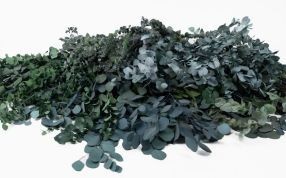
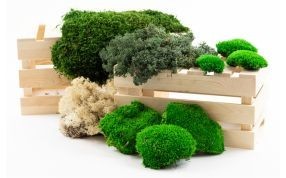
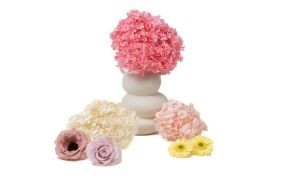
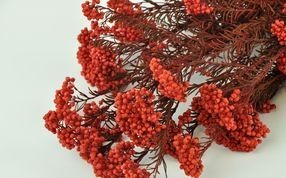
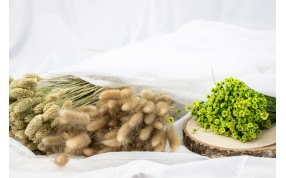
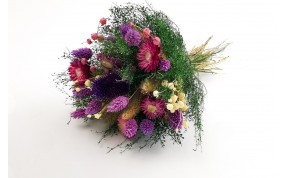
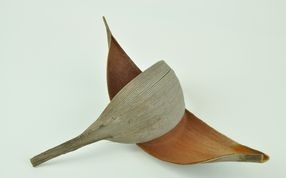
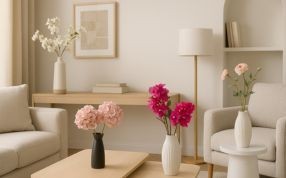
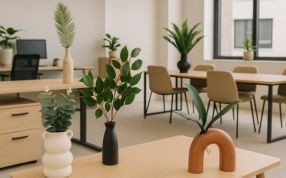
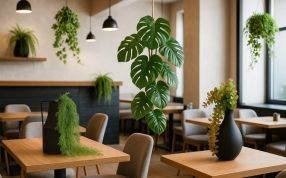
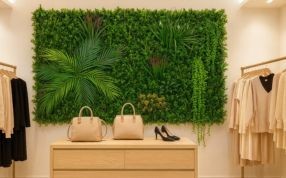

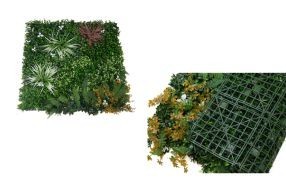
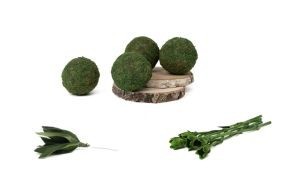
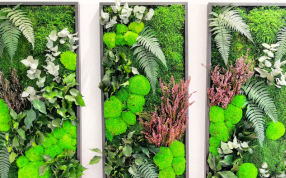
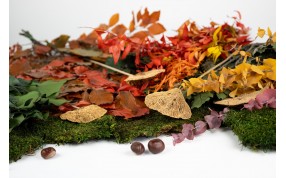
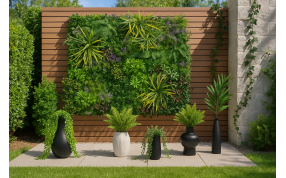

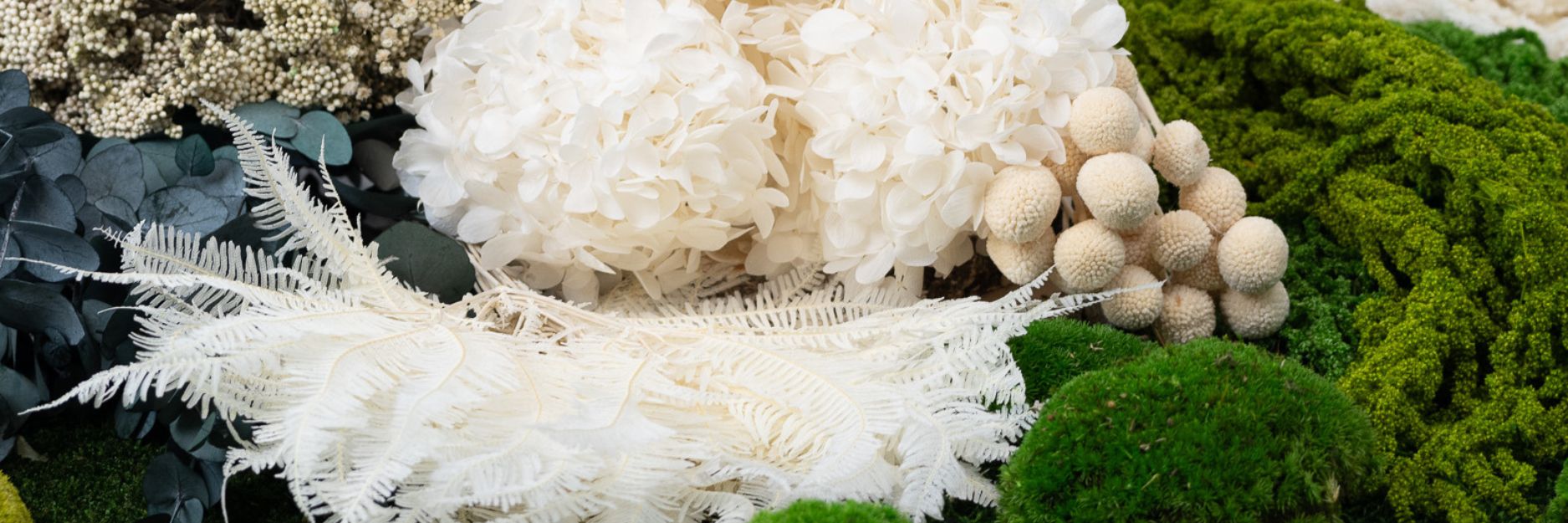



.png)

